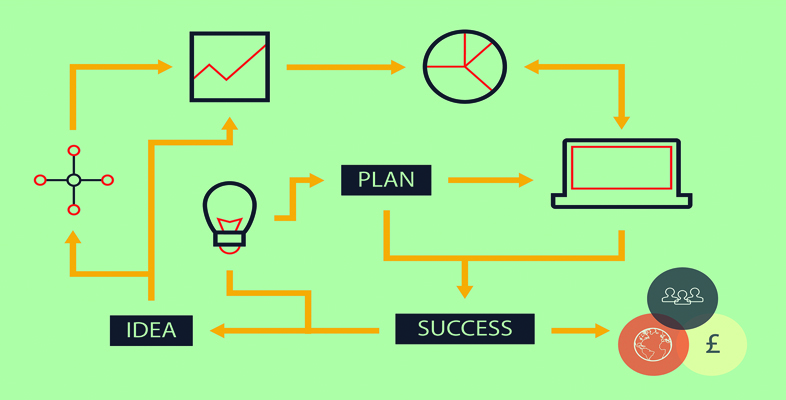2.2 Overlapping transformations
Organisations often transform a series of inputs. Returning to a previous example, imagine you are attending a class to learn how to make a chair. It is not simply the wood that is being transformed – tacit information about how to make a chair is being made explicit and you are, hopefully, acquiring a new set of skills and perhaps even a feeling of well-being. You can categorise transformation as follows:
- manufacture – the physical creation of products
- transportation – involving the movement of materials or customers
- supply – involving change of ownership
- service – involving the way customers are treated or the storage of materials.
The overall transformation process will typically involve a series of smaller transformations with different inputs. Taking a real example, social enterprise, Social Bite, operates sandwich shops and deliveries in order to address homelessness. Amongst other things, it involves:
- the transformation of raw materials through food preparation
- customer service which goes beyond meeting basic needs as the customers know that through their purchases they are helping the homeless
- the supply of sandwiches to different locations
- supporting the transformation of its employees through the employment and training of the homeless.
Activity 2 What transformation is involved?
For this activity you can either select a business idea from our entrepreneurs, or use your own enterprise. Based on what you have learned so far, sketch out the kinds of transformation processes involved in the enterprise in the table below.
| Input | Transformation process | Output |
Discussion
Look back at how you have described these transformation processes. As you look, reflect on what you learned from looking at the business model earlier, and in particular the value proposition. Can you identify where in the transformation process the value is built and who makes that happen? Perhaps you may be able to see ways to add value for customers, make things more efficient and thereby reduce costs? This might lead you to an idea about where you can innovate.
Next you will look in more detail at the resources and capabilities of your business.
